The Shifting Sands of Russia’s Construction and Design Landscape
The global ceramics market is a dynamic arena, constantly reshaped by economic shifts, technological advancements, and evolving consumer preferences. Within this intricate landscape, Russia stands out as a market of particular interest, characterized by its vast geographical expanse, unique economic drivers, and a rapidly modernizing construction sector. For years, porcelain and slab ceramics have been cornerstone materials in Russian residential, commercial, and public infrastructure projects, valued for their durability, aesthetic versatility, and hygienic properties. However, as we approach 2030, the trajectory of this market is subject to a confluence of internal policies, demographic changes, and global economic currents. This comprehensive article aims to provide a meticulous forecast of Russia’s domestic porcelain and slab ceramic market until 2030. We will meticulously dissect the key growth drivers, analyze emerging trends, scrutinize potential challenges, and offer insights into the opportunities that lie ahead for manufacturers, distributors, and investors looking to navigate this evolving landscape. From the resurgence in new housing starts to the burgeoning demand for large-format slabs in modern architectural design, understanding these dynamics is crucial for anyone seeking to capitalize on the promising future of ceramics in Russia.
The Current State of Russia’s Porcelain and Slab Ceramic Market: A Foundation for Growth
Before peering into the future, it’s essential to understand the present conditions and recent history that have shaped Russia’s porcelain and slab ceramic market. This provides the necessary context for our 2030 projections.
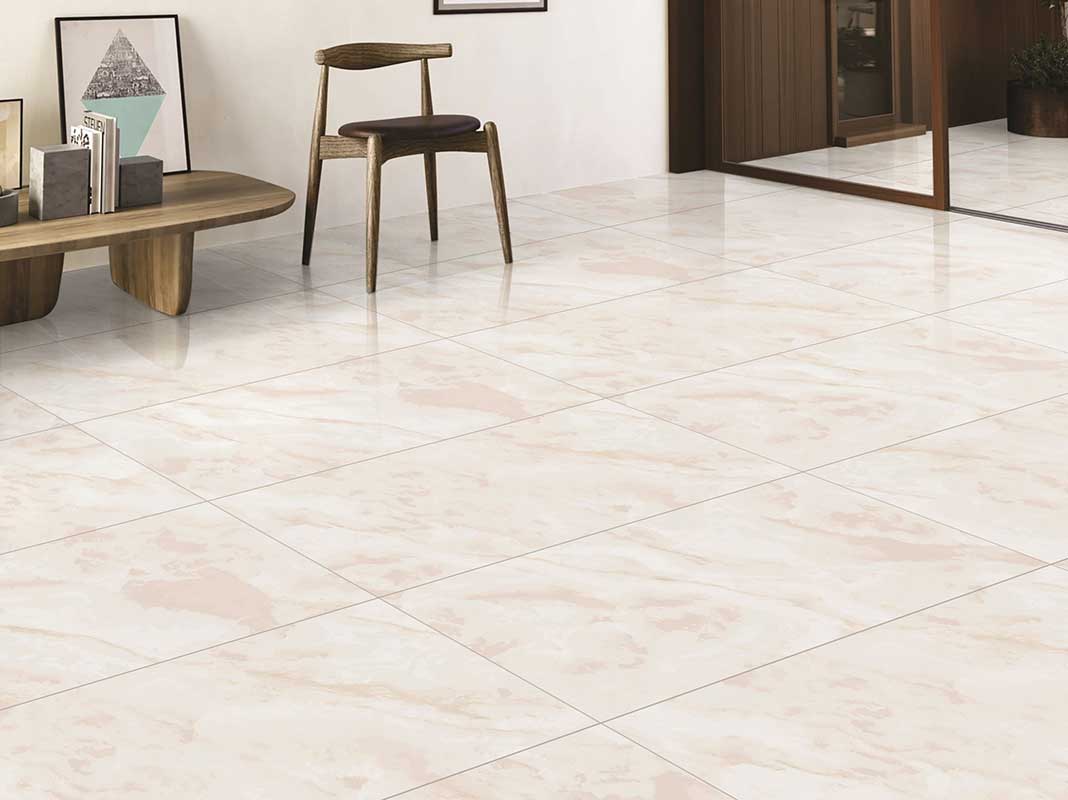
Historical Growth and Evolution
Over the past two decades, Russia’s ceramic market has undergone significant transformation. Following the post-Soviet economic reforms, the construction sector experienced substantial growth, fueled by rising disposable incomes, urbanization, and government-backed housing programs. This directly translated into increased demand for traditional ceramic tiles, including glazed and unglazed options. Initially, a significant portion of the market was dominated by imports, particularly from European and Asian manufacturers known for their quality and design. However, as the domestic economy stabilized and local production capabilities improved, there was a gradual shift towards import substitution, encouraged by government policies and a desire for greater self-sufficiency. This period also saw the introduction and increasing popularity of porcelain stoneware, recognized for its superior technical properties like extreme durability, low water absorption, and resistance to frost, making it ideal for Russia’s diverse climate conditions.
Key Segments: Porcelain Tiles vs. Slab Ceramics
The Russian domestic market can be broadly categorized into two primary segments:
- Porcelain Tiles (Traditional Sizes): This segment includes a wide range of sizes, from standard 30×30 cm and 60×60 cm tiles to larger formats up to 120×120 cm. These are predominantly used for flooring and wall cladding in residential (apartments, houses), commercial (offices, retail, hotels), and public spaces (metro stations, airports). Their versatility in design, ranging from polished and glazed finishes to matte and textured surfaces, ensures their continued popularity across various applications.
- Slab Ceramics (Large Format): This is a relatively newer but rapidly growing segment. Large format porcelain slabs, often exceeding 120×240 cm and sometimes reaching 160×320 cm or even larger, are transforming architectural design. Their applications extend beyond traditional flooring and walls to include countertops, furniture cladding, facades, and even custom-made architectural elements. Their seamless appearance, reduced grout lines, and ability to mimic natural stone with remarkable fidelity make them highly sought after in luxury residential and high-end commercial projects.
Dominance of Domestic Production and Import Trends
In recent years, Russian domestic production of porcelain ceramics has significantly increased, with major manufacturers investing heavily in modern production lines and technology. This has not only reduced the reliance on imports but also allowed local producers to offer a wider range of designs and technical specifications tailored to the Russian market. While some specialized or high-end designs may still be imported, particularly in the slab ceramic segment where global leaders often set trends, the overall trend points towards strengthening domestic manufacturing capabilities. Government support for local industries and fluctuating currency exchange rates have also played a role in making domestic products more competitive.
Price Sensitivity and Quality Expectations
The Russian market exhibits a fascinating duality: while there is a significant segment that is highly price-sensitive, particularly in mass-market housing projects, there is also a growing demand for premium, high-quality products. Consumers are increasingly discerning, valuing not just aesthetics but also technical performance, longevity, and ease of maintenance. This is particularly true for porcelain stoneware and large-format slabs, where the investment is often seen as a long-term one. Therefore, manufacturers must strike a delicate balance between cost-effectiveness and delivering products that meet increasingly sophisticated quality expectations.
Key Growth Drivers for Russia’s Porcelain & Slab Ceramic Market to 2030
The trajectory of the Russian porcelain and slab ceramic market towards 2030 will be influenced by a complex interplay of macroeconomic factors, demographic shifts, and evolving consumer preferences. Understanding these drivers is crucial for accurate forecasting.
۱. Resurgent Construction and Housing Sector
The most significant growth driver remains the robust activity in Russia’s construction sector, particularly in residential housing. After periods of fluctuation, government initiatives and favorable mortgage programs are stimulating new housing starts and renovation projects across the country.
- National Projects and Government Support: The Russian government has emphasized national projects aimed at improving living standards, which includes ambitious targets for housing construction. Programs like “Housing and Urban Environment” aim to significantly increase the volume of housing commissioned annually. These initiatives often involve state subsidies, preferential mortgages, and infrastructure development, which directly fuel the demand for building materials like porcelain tiles and slabs.
- Urbanization and Infrastructure Development: Ongoing urbanization trends continue to drive the construction of new residential complexes, commercial buildings, and public infrastructure in major cities and regional centers. This includes new airports, metro stations, shopping malls, and educational facilities, all of which are significant consumers of durable and aesthetically pleasing ceramic surfaces. The expansion and modernization of existing infrastructure also contribute to demand, particularly for high-traffic areas where porcelain’s durability is paramount.
- Renovation and Replacement Market: Beyond new construction, a substantial portion of the demand comes from the renovation of existing housing stock and commercial properties. As buildings age, or as consumer tastes evolve, there is a continuous need to replace outdated or worn-out flooring and wall coverings. Porcelain’s longevity and ease of maintenance make it an attractive option for these renovation projects, especially for homeowners looking for durable and aesthetically appealing upgrades.
۲. Increasing Disposable Income and Consumer Preferences
As the Russian economy stabilizes and disposable incomes gradually rise, consumers are increasingly willing to invest in higher-quality and more aesthetically appealing materials for their homes and businesses.
- Premiumization Trend: There is a clear trend towards “premiumization,” where consumers opt for more sophisticated designs, larger formats, and superior technical characteristics. This benefits porcelain stoneware and large-format slabs directly, as they embody these qualities.
- Design-Driven Demand: Exposure to international design trends through media, travel, and online platforms is shaping consumer preferences. There is a growing appreciation for minimalist aesthetics, natural material looks (wood, marble, concrete effects), and seamless surfaces, all of which are perfectly facilitated by modern porcelain and slab ceramic technologies.
- Durability and Longevity: Given Russia’s climate and often high-traffic environments, consumers prioritize materials that offer exceptional durability, frost resistance, and ease of cleaning. Porcelain, with its low water absorption and high resistance to abrasion, perfectly meets these criteria, making it a preferred choice over less resilient materials.
۳. Technological Advancements in Production
Innovations in ceramic manufacturing technology are playing a pivotal role in expanding the market for porcelain and slab ceramics.
- Large Format Pressing and Firing: Advances in pressing technology (e.g., Continua+ lines) and kiln technology allow for the efficient and cost-effective production of incredibly large format slabs with minimal material waste and energy consumption. This has made what was once a niche, expensive product more accessible to a broader market.
- Digital Printing Technology (HD Inkjet): High-definition digital printing has revolutionized ceramic design. It enables manufacturers to reproduce natural materials like marble, wood, and stone with unprecedented realism, complete with intricate veining, varied grain patterns, and realistic textures. This capability allows designers to achieve luxurious looks at a fraction of the cost and with superior technical performance compared to natural materials, further driving consumer interest.
- Material Science Innovation: Ongoing research into ceramic body compositions, glaze formulations, and surface treatments is leading to new product functionalities. This includes self-cleaning surfaces, antibacterial properties, higher slip resistance, and improved thermal conductivity for underfloor heating systems, expanding the application possibilities and enhancing the value proposition of porcelain ceramics.
۴. Import Substitution Policies and Local Production Capacity
Government policies aimed at reducing reliance on imports and fostering domestic production have significantly bolstered the local ceramic industry.
- Government Support and Subsidies: The Russian government has provided various forms of support, including preferential loans, tax incentives, and customs policies, to encourage local manufacturers to invest in new production facilities and upgrade existing ones. This has led to a surge in domestic production capacity for high-quality porcelain and slab ceramics.
- Localization of Supply Chains: There’s a growing emphasis on sourcing raw materials locally within Russia, which not only reduces production costs (by minimizing transportation and import duties) but also insulates manufacturers from global supply chain disruptions and currency fluctuations. This strategic shift further strengthens the competitiveness of Russian-made ceramics.
- Increased Competitiveness of Domestic Products: As domestic manufacturers adopt advanced technologies and improve their product quality, they are increasingly able to compete with and even surpass imported products in terms of price, design, and technical performance, catering specifically to the nuanced demands of the Russian market.
These drivers collectively form a strong foundation for continued growth and expansion of the porcelain and slab ceramic market in Russia through 2030, transforming the landscape of architectural and interior design.
Emerging Trends and Market Dynamics to 2030
Beyond the fundamental growth drivers, several distinct trends and market dynamics are poised to shape Russia’s porcelain and slab ceramic market up to 2030.
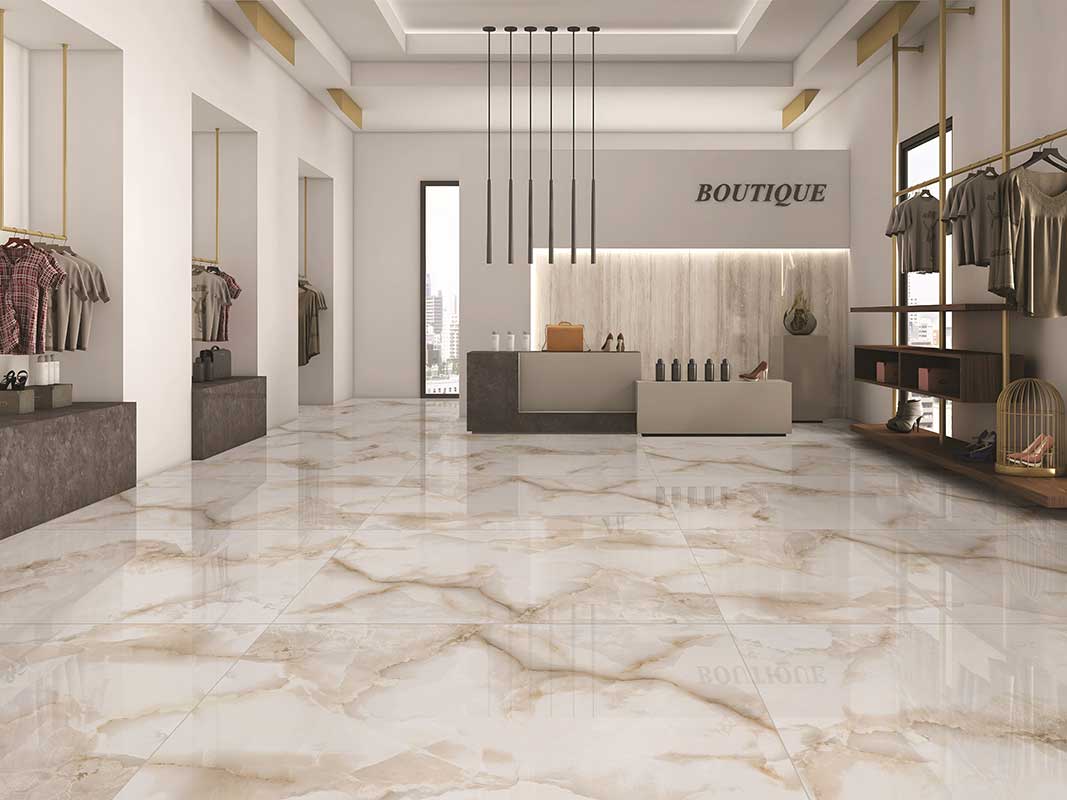
۱. Dominance of Large Format Slabs (Slab Ceramics)
The shift towards large format slab ceramics is not merely a trend but a fundamental transformation in architectural and interior design preferences. These oversized panels, often measuring 120×240 cm, 160×320 cm, or even larger, are rapidly gaining traction due to their ability to create visually expansive, seamless surfaces with minimal grout lines.
- Aesthetic Appeal: Large format slabs offer a sleek, modern, and luxurious aesthetic that is highly sought after in contemporary design. They are particularly effective in mimicking the grandeur of natural materials like marble, granite, and onyx, but without the inherent vulnerabilities (porosity, staining, fragility) of natural stone.
- Versatile Applications: While initially popular for floors and walls, their application spectrum is rapidly expanding. They are increasingly used for:
- Kitchen Countertops and Islands: Offering hygienic, durable, and heat-resistant surfaces.
- Bathroom Vanities and Shower Walls: Creating continuous, easy-to-clean spaces.
- Furniture Cladding: Tables, doors, and custom built-ins can be faced with slabs for a cohesive look.
- Building Facades: Providing a lightweight, weather-resistant, and aesthetically striking exterior cladding solution.
- Custom Architectural Elements: From fireplaces to reception desks, large slabs allow for unique, integrated designs.
- Technical Advantages: Beyond aesthetics, their technical superiority (high resistance to abrasion, chemicals, UV rays, and frost, coupled with low water absorption) makes them ideal for both residential and heavy-traffic commercial environments.
This segment is expected to experience the most significant growth rate within the overall market, driven by their versatility, performance, and increasingly competitive pricing due to advancements in production technology.
۲. Focus on Sustainability and Eco-Friendliness
As global awareness of environmental issues grows, so does the demand for sustainable building materials. The Russian market is gradually aligning with this trend.
- Green Building Certifications: While still developing, the push for green building certifications (e.g., LEED, BREEAM equivalents) in Russia is influencing material selection, favoring manufacturers who can demonstrate environmentally responsible practices.
- Resource Efficiency: Manufacturers are increasingly focusing on optimizing resource utilization, including recycling industrial waste (unfired scraps, broken tiles), using recycled content in their body formulations, and minimizing water and energy consumption during production.
- Local Sourcing of Raw Materials: As discussed in the previous section, the emphasis on local raw materials reduces the carbon footprint associated with transportation, appealing to environmentally conscious projects and consumers.
- Durability as Sustainability: Porcelain’s inherent durability means a longer product lifecycle and reduced need for frequent replacement, making it a sustainable choice in the long run.
۳. Smart Home Integration and Technical Ceramics
The advent of smart home technologies and the increasing sophistication of buildings are opening new avenues for technical ceramics.
- Integrated Solutions: Future porcelain products may feature integrated sensors for temperature, humidity, or even light, contributing to smart building ecosystems.
- Improved Thermal Performance: Porcelain tiles with enhanced thermal conductivity for more efficient underfloor heating systems are gaining traction, especially given Russia’s climate.
- Antibacterial and Self-Cleaning Surfaces: Innovations in glaze technology are leading to surfaces that inhibit bacterial growth or are self-cleaning (e.g., photocatalytic glazes), offering hygiene benefits for bathrooms, kitchens, and healthcare facilities.
- Customization and Personalization: Digital printing allows for unprecedented levels of design customization, enabling architects and designers to create unique patterns, murals, or even photo-realistic images on ceramic surfaces, catering to a growing demand for personalized spaces.
۴. E-commerce and Digitalization of Sales Channels
The retail landscape for ceramics is undergoing a digital transformation.
- Online Sales Platforms: While physical showrooms remain important for material selection, online platforms are increasingly used for product discovery, comparison, and even direct purchase. Manufacturers and distributors are investing in robust e-commerce capabilities, virtual showrooms, and augmented reality tools to help customers visualize products in their spaces.
- B2B Digitalization: For business-to-business (B2B) sales, digital platforms are streamlining order placement, logistics, and supply chain management, improving efficiency and transparency.
- Digital Marketing: Leveraging social media, professional design platforms, and search engine optimization (SEO) is becoming crucial for reaching architects, designers, developers, and end-consumers.
۵. Growing Popularity of Outdoor and Ventilated Facade Applications
Porcelain’s technical properties make it exceptionally suitable for outdoor use and modern facade systems.
- Outdoor Flooring: Thicker (e.g., 20mm) outdoor porcelain tiles are gaining popularity for patios, balconies, and public spaces due to their slip resistance, frost resistance, and durability.
- Ventilated Facades: Large format porcelain slabs are increasingly used in ventilated facade systems, which offer benefits like improved thermal insulation, protection from weather elements, and a contemporary aesthetic for commercial and residential buildings.
These trends collectively point towards a more sophisticated, technologically driven, and diverse market for porcelain and slab ceramics in Russia, promising dynamic growth and innovative applications through 2030.
Challenges and Opportunities in the Russian Market to 2030
While the future looks promising for Russia’s porcelain and slab ceramic market, it’s essential to acknowledge and address potential challenges while simultaneously identifying emerging opportunities.
Potential Challenges
Navigating the Russian market, despite its growth potential, requires an understanding of its unique complexities.
- Economic Volatility and Sanctions: The Russian economy can be subject to external pressures, including international sanctions, fluctuating oil prices, and currency volatility. These factors can impact consumer purchasing power, construction investment, and the cost of imported components for domestic manufacturers (e.g., specialized glazes, machinery parts). A sudden economic downturn could dampen demand for non-essential construction and renovation projects.
- Competition and Market Saturation: As domestic production capacity increases and quality improves, the market is becoming more competitive. This can lead to price wars, reduced profit margins, and a need for manufacturers to differentiate themselves through design, innovation, or specialized niches. While overall demand is growing, individual market share might become harder to secure.
- Skilled Labor Shortages: The production and installation of large format porcelain slabs, in particular, require specialized skills. There could be a shortage of trained technicians for cutting, handling, and installing these heavy and delicate materials, especially in regions outside major urban centers. This can affect project timelines and quality of installation.
- Logistics and Distribution Across Vast Distances: Russia’s immense geographical size presents significant logistical challenges. Transporting heavy ceramic products across long distances can be costly and time-consuming, impacting delivery schedules and adding to the final price for consumers in remote regions. Developing efficient regional distribution networks is crucial but complex.
- Quality Control and After-Sales Service: As the market matures, consumer expectations for quality are rising. Maintaining consistent product quality, especially for digitally printed designs and large format slabs, and providing reliable after-sales service (e.g., addressing complaints, providing technical support) will be critical for brand reputation and customer loyalty.
Key Opportunities
Despite the challenges, numerous opportunities await those prepared to innovate and adapt.
- Growing Demand for Premium and Large Format Products: The “premiumization” trend and the increasing adoption of large format slabs present a significant opportunity for manufacturers capable of producing high-quality, aesthetically sophisticated, and technically advanced products. This segment commands higher margins and is less susceptible to price-based competition.
- Expansion into Regional Markets: While Moscow and St. Petersburg remain major consumption centers, there is significant untapped potential in Russia’s regional cities and developing areas. As economic development spreads, these regions will offer new construction and renovation opportunities for ceramic manufacturers and distributors.
- Niche Applications (e.g., Facades, Furniture Cladding): Beyond traditional flooring and walls, the versatility of porcelain slabs opens doors to specialized applications such as ventilated facades for commercial buildings, interior and exterior furniture cladding (tables, doors, cabinets), and even custom artistic installations. Manufacturers that can offer tailored solutions for these niches will gain a competitive advantage.
- Technological Leadership and Product Innovation: Investing in R&D to develop new functionalities (e.g., antibacterial surfaces, integrated heating elements), unique designs, and sustainable production methods can differentiate companies and capture market share. Russian manufacturers have the opportunity to become leaders in specific technological aspects of ceramic production.
- Digital Transformation and E-commerce: Embracing e-commerce, digital marketing, and virtual reality tools can significantly expand market reach and streamline sales processes. Companies that effectively leverage digital platforms to engage with architects, designers, and end-consumers will be well-positioned for growth.
- Partnerships and Collaborations: Collaborating with architects, interior designers, and construction companies can lead to early adoption of new products and customized solutions for major projects. Partnerships with raw material suppliers can also ensure a stable and cost-effective supply chain, leveraging the localization trend.
- Focus on Energy Efficiency and Green Building: As environmental consciousness grows, offering porcelain products that contribute to energy-efficient buildings (e.g., good thermal mass, compatibility with underfloor heating) and that adhere to green building standards will appeal to a growing segment of environmentally responsible developers and homeowners.
By strategically addressing the challenges and proactively seizing these opportunities, players in Russia’s porcelain and slab ceramic market can ensure sustained growth and resilience through 2030 and beyond.
Market Forecast to 2030: A Quantitative Outlook and Qualitative Assessment
Projecting the future of any market involves analyzing historical data, understanding current trends, and anticipating future influences. For Russia’s porcelain and slab ceramic market, a combination of quantitative and qualitative factors points towards continued, albeit dynamic, growth.
Quantitative Projections: Growth Rates and Market Size
While providing precise figures without proprietary market research data is challenging, we can infer general growth trends based on the identified drivers.
- Overall Market Growth: The Russian domestic porcelain and ceramic tile market is expected to demonstrate a compound annual growth rate (CAGR) in the range of ۴-۷% between 2024 and 2030. This growth will be primarily driven by the sustained momentum in the construction sector, increasing disposable incomes, and the premiumization trend.
- Slab Ceramic Segment Growth: The large format slab ceramic segment is anticipated to be the most dynamic, potentially achieving a CAGR in the double digits (10-15% or even higher). This accelerated growth will stem from its versatility in new applications (countertops, facades), strong aesthetic appeal, and continuous innovation in production technology making it more accessible.
- Market Size Expansion: Correspondingly, the overall market size for porcelain and slab ceramics in Russia will expand considerably, likely reaching several billion US dollars by 2030. This growth will be fueled by both increased volume consumption and a shift towards higher-value, larger-format products.
These figures are indicative and assume a stable economic environment and consistent government support for the construction sector. Any significant geopolitical shifts or economic downturns could, of course, impact these projections.
Qualitative Assessment: Key Shifts and Developments
Beyond the numbers, several qualitative shifts will define the market’s evolution to 2030.
- “Slabification” of Design: The influence of large format slabs will permeate nearly all aspects of interior and exterior design. Designers will increasingly prefer these seamless surfaces, leading to a decline in demand for smaller, traditional tile formats in premium applications, though smaller tiles will retain their market share in more budget-conscious segments.
- Integration of Technology: Smart ceramic solutions, though currently nascent, will begin to find their way into mainstream applications. This could include tiles with integrated heating elements, improved acoustical properties, or even subtle sensor capabilities for smart homes.
- Elevated Design Sophistication: Digital printing technology will continue to advance, making it almost impossible to distinguish high-quality porcelain from natural materials. This will drive demand for hyper-realistic imitations of exotic marbles, rare woods, and unique concrete finishes, offering designers unparalleled creative freedom.
- Sustainable Sourcing and Production as a Standard: Environmentally friendly practices will move from being a niche preference to an industry standard. Manufacturers not adopting sustainable production methods, including waste recycling, energy efficiency, and local raw material sourcing, will find it increasingly difficult to compete.
- Omnichannel Sales Approach: The distinction between online and offline sales will blur. Consumers and professionals will expect a seamless experience, combining physical showroom visits for tactile selection with online platforms for Browse, ordering, and project management.
- Specialization in Manufacturing: Some domestic manufacturers may choose to specialize in particular product categories (e.g., ultra-large slabs, technical porcelain for industrial applications) or specific design aesthetics to gain a competitive edge in an increasingly diverse market.
- Strengthening Domestic Brands: Russian porcelain and slab ceramic brands will continue to build their reputation for quality and innovation, not only dominating the domestic market but potentially increasing their presence in neighboring countries and international markets.
In summary, the Russian porcelain and slab ceramic market is poised for robust growth until 2030, driven by a dynamic construction sector and evolving design preferences. The rapid ascent of large format slabs and the increasing emphasis on sustainability and technological integration will be defining characteristics of this exciting future. For stakeholders, strategic investment in these areas will be key to unlocking significant market potential.

Conclusion: Russia’s Porcelain & Slab Ceramic Market – A Future Forged in Innovation and Domestic Strength
The journey of Russia’s domestic porcelain and slab ceramic market towards 2030 is set to be one of significant expansion and exciting transformation. As we have meticulously explored, the confluence of a resurgent construction and housing sector, increasingly discerning consumer preferences for premium and design-led products, profound technological advancements in manufacturing, and steadfast import substitution policies forms a robust bedrock for sustained growth.
The ascendancy of large-format porcelain slabs will undoubtedly be a defining characteristic of this period, revolutionizing architectural and interior design with their seamless aesthetics and superior technical performance. Concurrently, a growing emphasis on sustainability will shape production practices, favoring eco-friendly processes and locally sourced materials, aligning the industry with global environmental imperatives. Furthermore, the integration of smart technologies and the continued digitalization of sales channels will redefine how porcelain products are conceived, produced, and brought to market.
While the market will face challenges such as economic fluctuations and the need for skilled labor, the inherent opportunities for innovation, regional expansion, and specialized product development are substantial. Russian manufacturers, by leveraging their domestic resources and embracing cutting-edge technologies, are not only poised to meet the escalating demand but also to set new benchmarks for quality and design.
In essence, Russia’s porcelain and slab ceramic market by 2030 will be characterized by greater sophistication, enhanced technical capabilities, and a stronger domestic footprint. For investors, developers, architects, and manufacturers, understanding these dynamics is paramount. The future of ceramics in Russia is bright, promising a landscape where durability meets design, and where local strength fuels global aspiration.




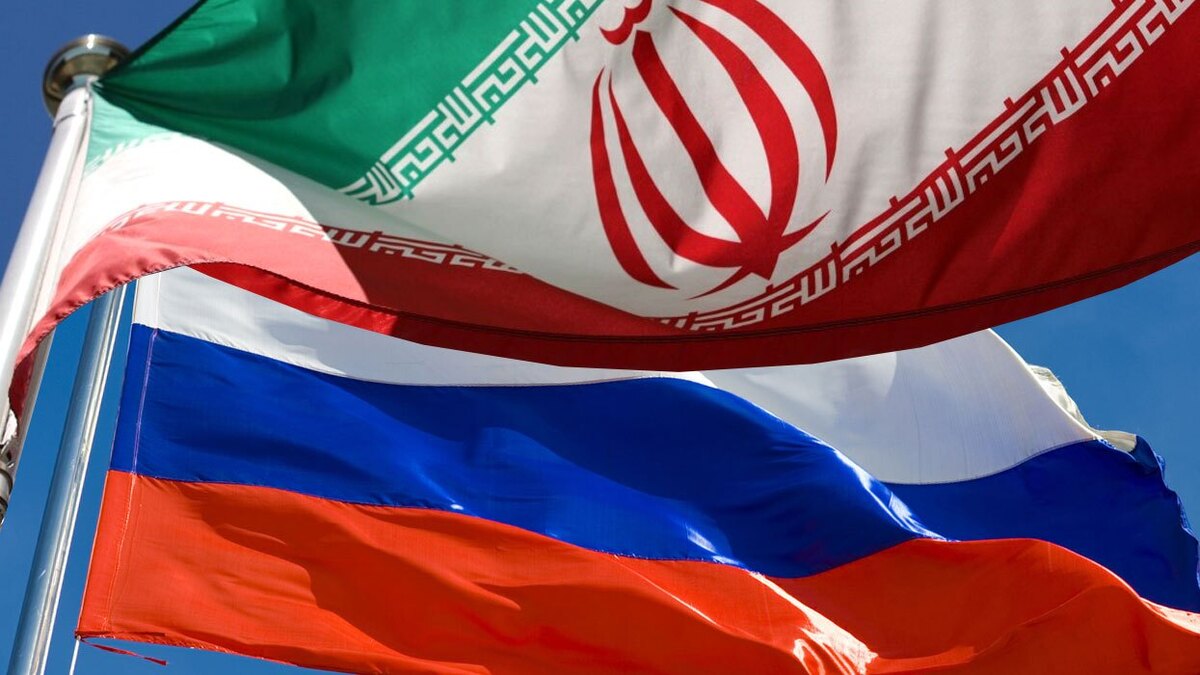


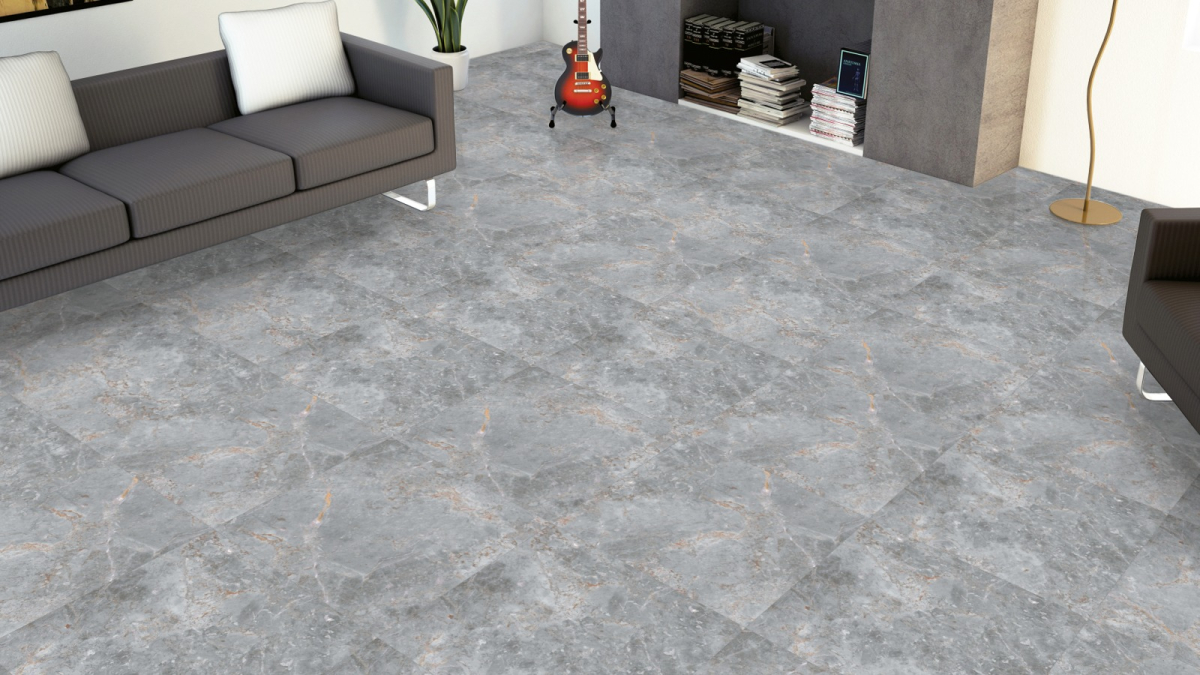
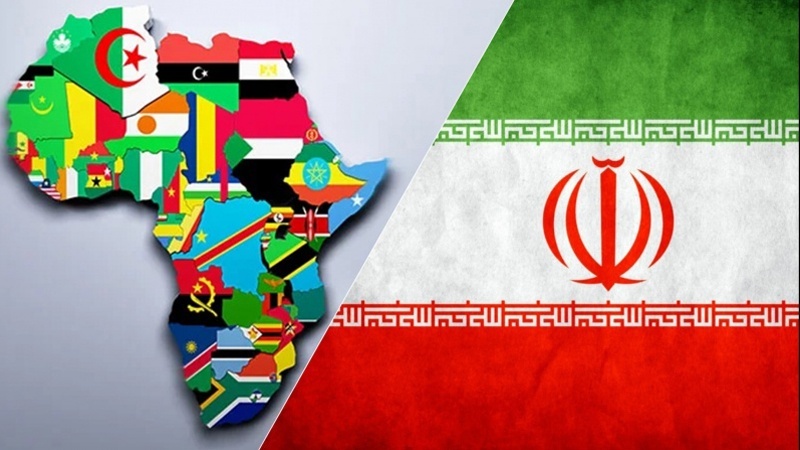
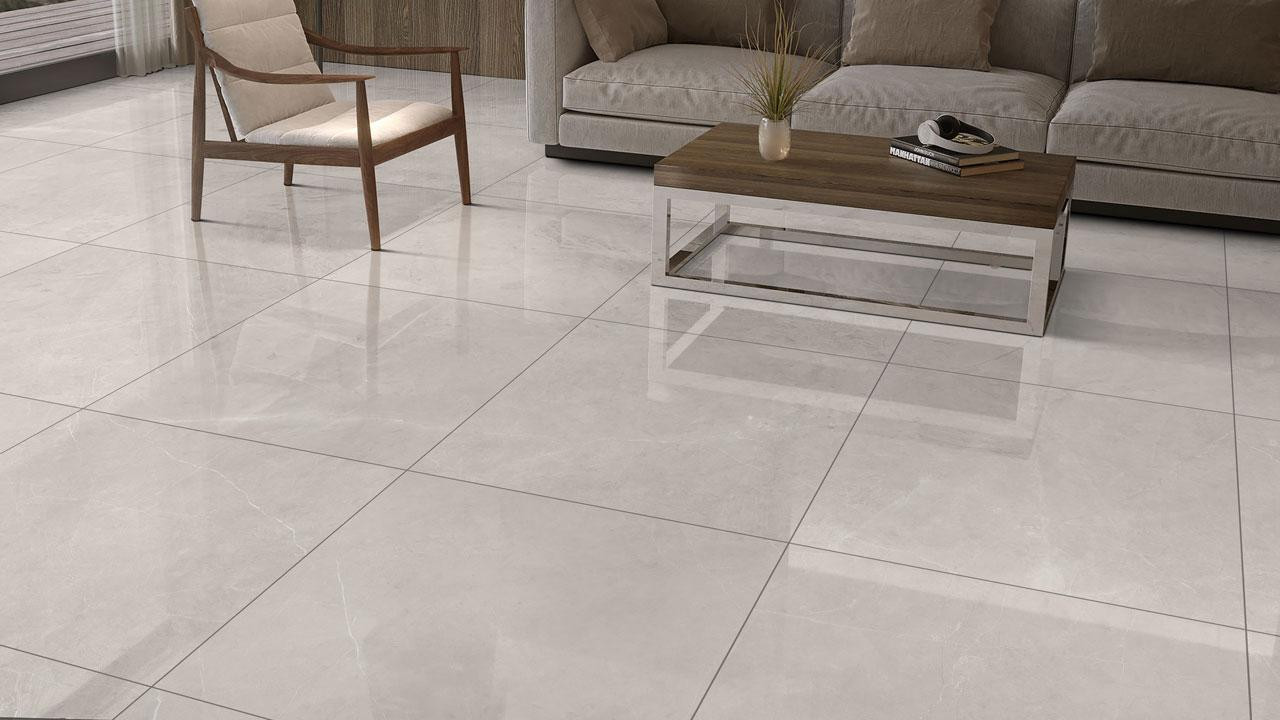

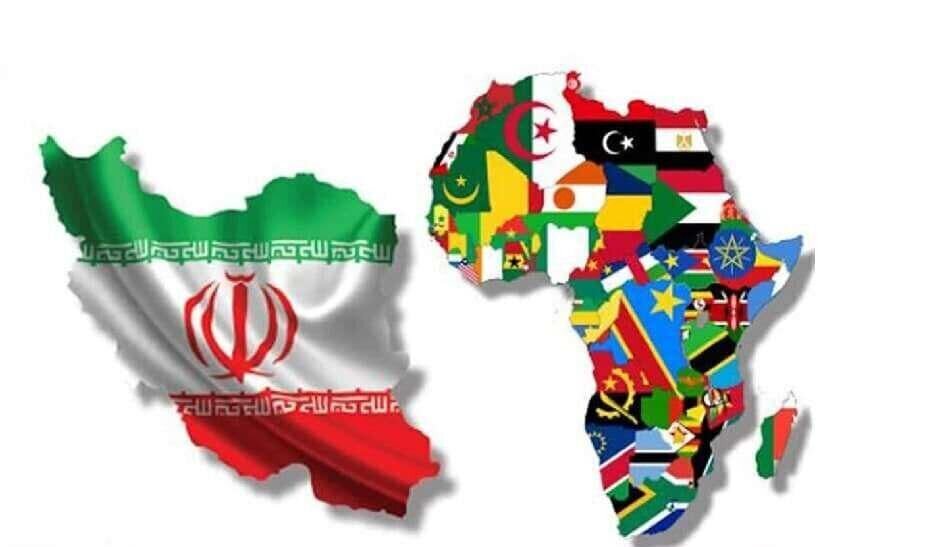
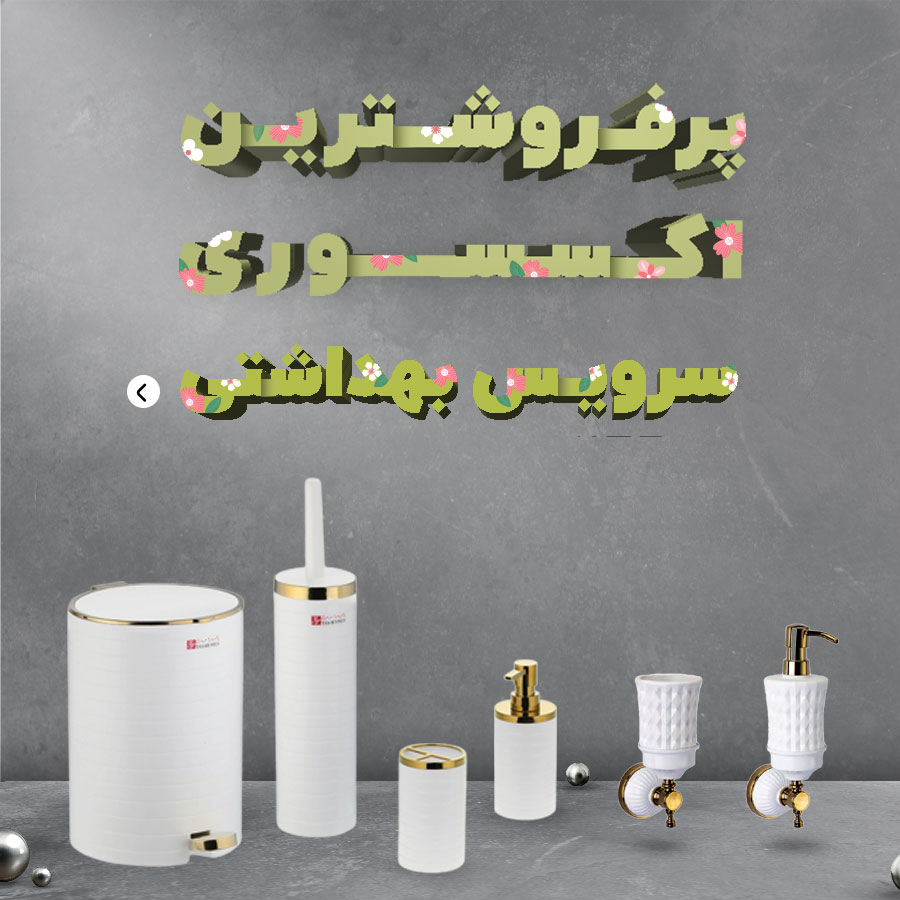

نظرات ۰